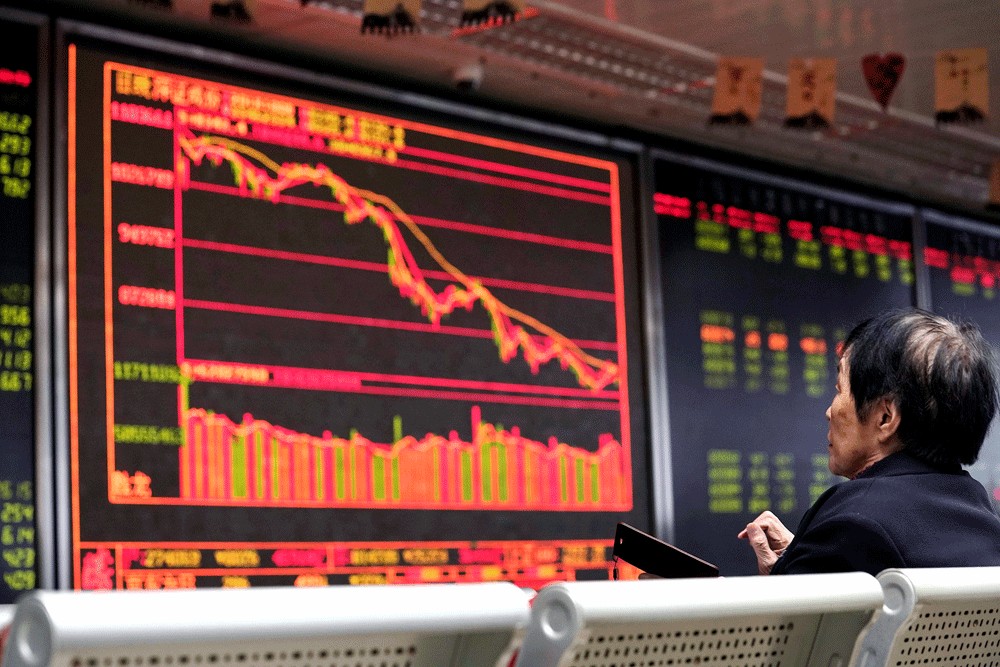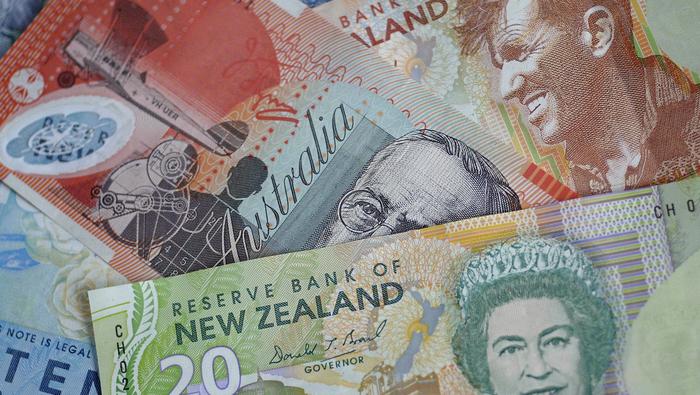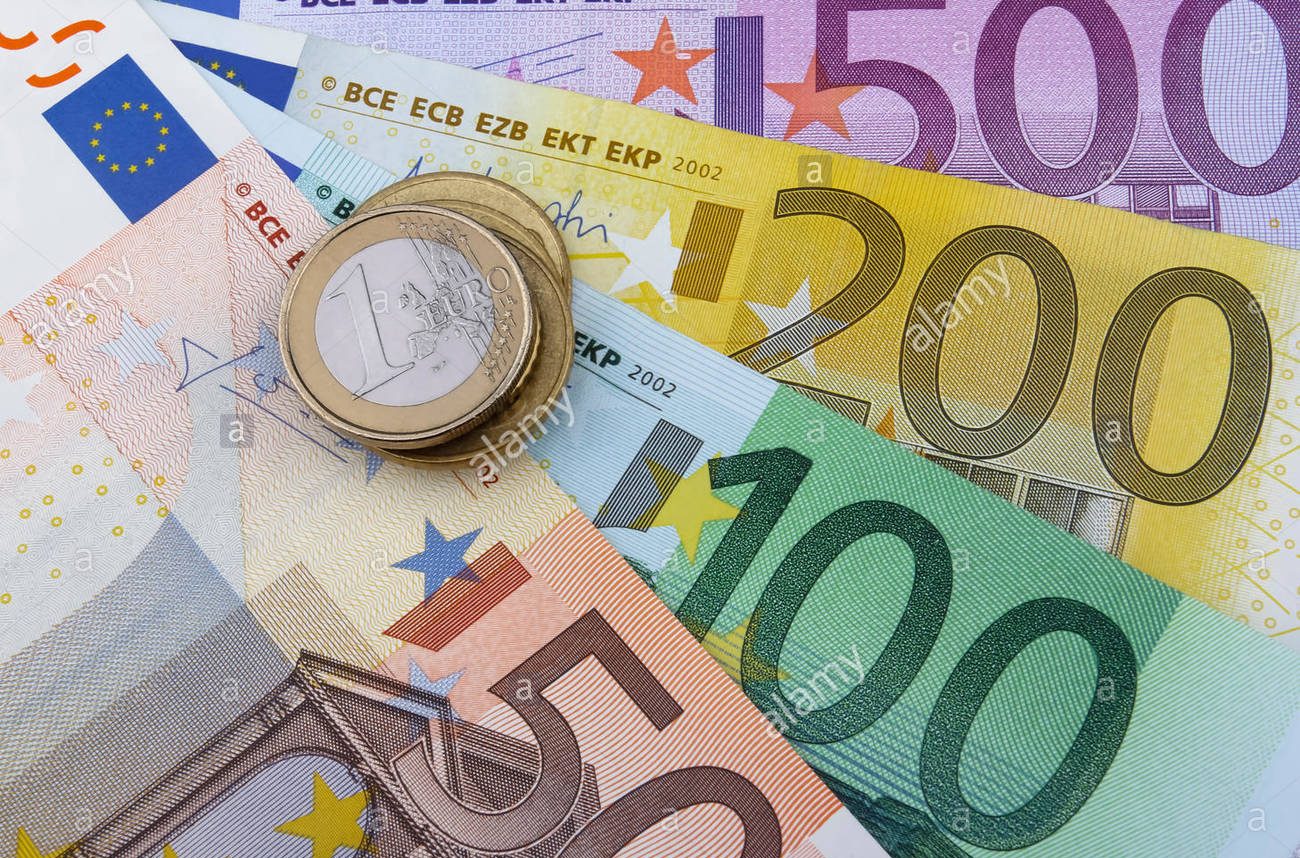
The consensus for 2020 at the end of 2019 was that EM equities will outperform on the back of weaker dollar index, fading trade tensions and positive credit push from China and that European equities will continue their upside move fueled by Brexit visibility and hopes of a green new deal. But it was without counting the Covid-19 outbreak.
Financial markets are repricing the likelihood that the virus will have an economic impact beyond the first quarter of 2020, and that we may see repeated and localized pockets of infection popping up around the world, as it is the case in Italy and in Spain, that will temporarily disrupt economic relations.
Before we discuss the known and unknown consequences of the coronavirus, we want to bring to your attention the great job done by the CSSE at Johns Hopkins University to track the emergence of new cases all around the world. This is a very useful tool for everyone, especially in financial markets, who want to understand better what is happening on the ground.
MANY UNANSWERED QUESTIONS
First, we need to be humble regarding the coronavirus crisis. Its raises more questions than answers, such as:
- What is the real level of contagion at the global level? A study recently published by the Center for Infectious Diseases at Imperial College estimates that “about two-thirds of the cases of Covid-19 from China have remained undetected worldwide”.
- How do we explain the chain of contamination? In some cases, patients have not traveled to China and were not in contact with infected people.
- What will be the answer of the US and European governments if the infection spreads more? Will they decide to close borders and put in quarantine major cities following the example of China?
On the economic front, there are also many unanswered questions:
- What will be the exact hit to China Q1 GDP? I would say this is a relatively minor question.
- What matters most is whether there will be a Q2 rebound and how strong will it be?
- What will be the exact effect on travel, tourism and global supply chains and when should we expect a return to normal? The latest hard data, especially coming from Europe, hasn’t provided much details. The coronavirus crisis hasn’t destabilized Europe and the United States yet. We will certainly have more visibility on the macroeconomic impact when March data will be released.
WHAT WE KNOW SO FAR
That being said, we are not completely in unknown territory and we start to gather information and data providing key inputs on the economic consequences of the crisis.
- The Covid-19 outbreak is an unconventional crisis for policymakers as it is causing both supply and demand disruptions. The supply shock relates to the inability of firms to resume operations, especially for Chinese SMEs, while the demand shock is mostly centered on Chinese consumers, but it could hit global aggregate demand as coronavirus spreads all around the world.
Based on market expectations, the probability is elevated that the initial supply shock will be offset by a global aggregate demand shock. This is represented in the chart below by the shift in the demand curve to the right. Thus, if it proves to be correct, the main risk would not be an inflationary shock but rather a deflationary shock, which could be amplified by a strong USD. This is actually consistent with current market-based inflation expectations.














